
Types of cryptocurrency
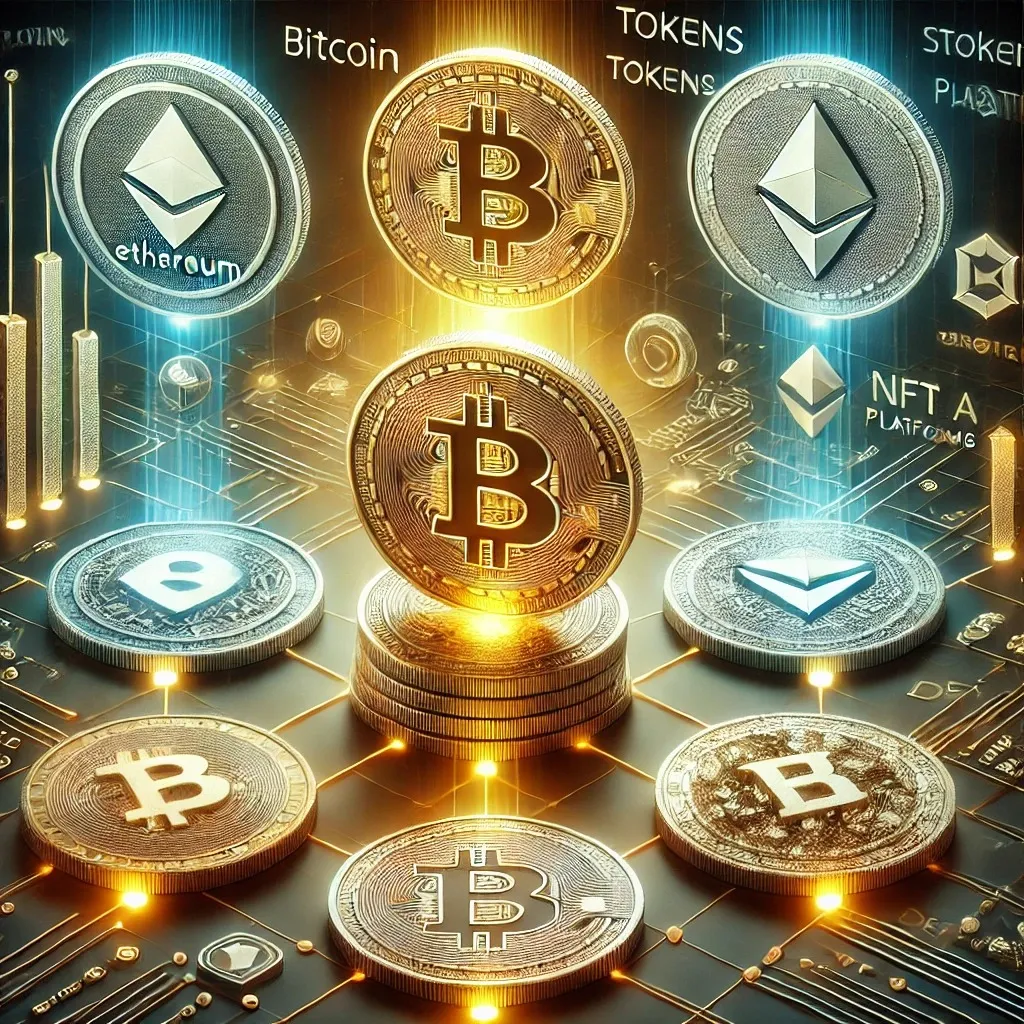
Cryptocurrencies have made their way into the modern economy and technological sphere. These decentralized digital assets use innovative methods to ensure the security and privacy of transactions. Not only the concept of cryptocurrencies itself, but also their various types are gaining popularity every year. In this article, we will take a detailed look at the key categories of cryptocurrencies, their unique characteristics, methods of their extraction and acquisition, as well as highlight the most popular ones.
Cryptocurrency - what it is
Cryptocurrency is a type of digital asset that applies cryptographic technology to secure transactions. It is decentralized, which implies that there is no single governing body, such as a bank or government agency. The most important element of cryptocurrencies is the use of blockchain technology, which is a sequence of data that guarantees transparency and security of transactions. These digital currencies allow users to make financial transactions without the involvement of intermediaries, and it is this fact that makes them highly sought after by people all over the world.
What types of cryptocurrencies exist
All cryptocurrencies can be divided into several main types:
Altcoins
Altcoins (alternative coins) are all cryptocurrencies that are alternatives to Bitcoin. Having emerged after the creation of Bitcoin in 2009, altcoins seek to improve or complement its technology by solving various problems and providing additional features.
The main characteristics of altcoins are:
- Variety of purposes and functions
Altcoins can focus on payments, application development, privacy, innovative consensus mechanisms, and more.
- Enhancing Bitcoin’s original ideas
Many altcoins are created to address Bitcoin’s shortcomings, such as:
-
High transaction fees.
-
Low speed of transaction execution.
-
Limited programmability.
- Use of different technologies and algorithms
-
Examples: Proof-of-Stake (PoS), Proof-of-Authority (PoA), Delegated Proof-of-Stake (DPoS).
-
New approach to smart contracts, anonymous transactions, resistance to ASIC mining.
Tokens
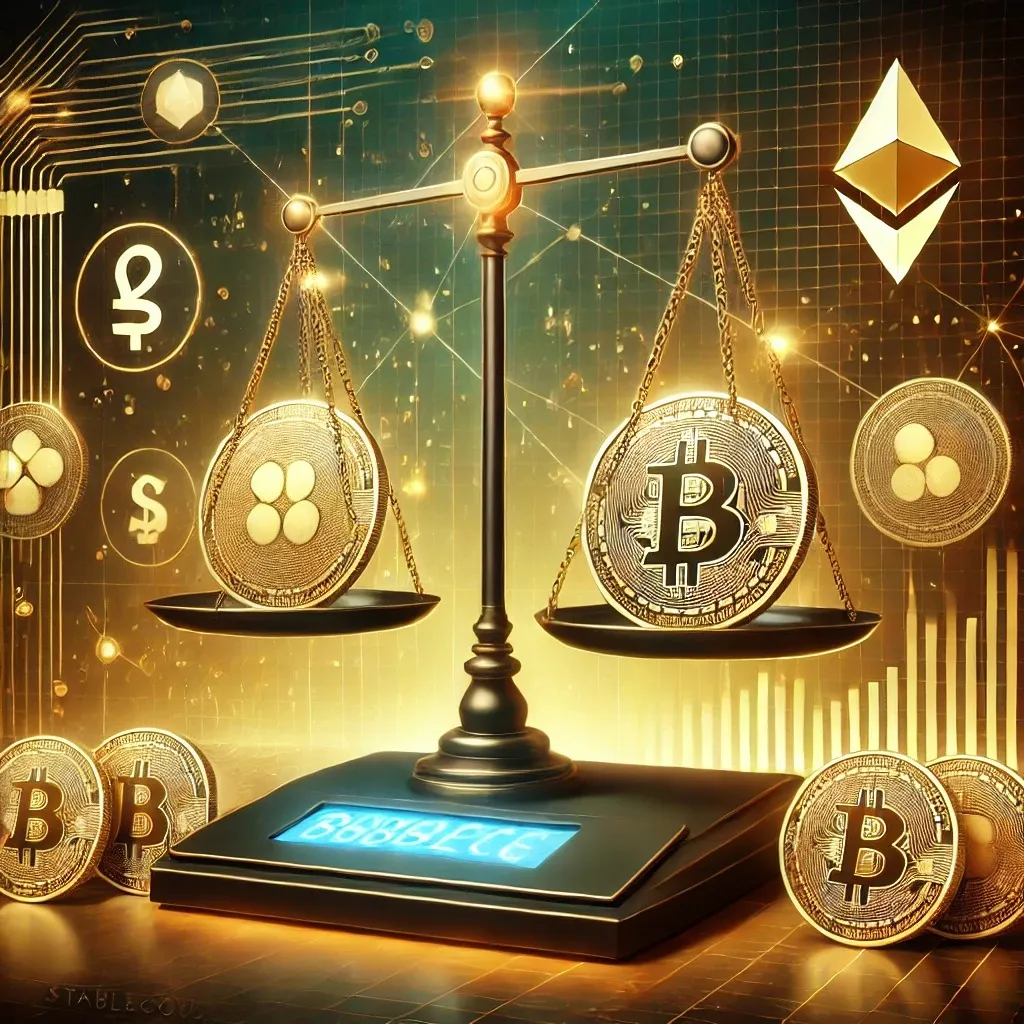
Tokens are a type of digital asset developed from existing blockchains. Compared to cryptocurrencies (e.g. Bitcoin or Ethereum), they do not have their own blockchain but utilize an already existing infrastructure, such as Ethereum, Ton, Avalanche, Binance Smart Chain, Tron or Solana. Tokens perform a variety of functions such as accessing services, voting, trading and others.
Main characteristics of tokens:
- Are created on existing blockchains
Tokens are developed using blockchain standards, such as:
-
ERC-20 (Ethereum) for universal tokens.
-
ERC-721 and ERC-1155 - for NFTs.
-
BEP-20 (Binance Smart Chain) is an analog of ERC-20.
- Variety of applications
-
Tokens are actively used for:
-
Payments for services.
-
Voting in decentralized systems.
-
Trading.
-
Representation of real assets (e.g., stocks or real estate).
- Programmability
Tokens support smart contracts that specify their functionality, such as transfer rules, dividend accrual, and other terms.
Stablecoins
Stablecoins are cryptocurrencies whose value is directly tied to real stable assets, such as fiat currencies (US dollar, euro), precious metals (gold, metals) or baskets of assets. The main purpose of stablecoins is to reduce the volatility inherent in traditional cryptocurrencies and provide a stable instrument for storing value and settlement.
The main features of stablecoins are:
- Price stability
The value of stablecoins is maintained at a fixed level, making them convenient for use in everyday settlements.
- Transparency
Most of the steblecoins are issued with regular audits and reports to prove the reserves.
- Speed and accessibility
Just like other cryptocurrencies, Stablecoins can be transferred quickly around the world with minimal costs.
NFT
NFT (Non-Fungible Token) is a non-interchangeable token that is a unique digital asset. Compared to cryptocurrencies that are fungible (for example, one BTC is always equal to another BTC), each NFT has its own distinctive characteristics and identifiers, making it completely unique. These tokens are based on blockchain technology, which validates the authenticity, ownership and uniqueness of digital objects.
The key characteristics of NFTs are:
1. Uniqueness
An individual NFT has its own individual identifier which makes it unique and thus differentiates it from other tokens.
2. Integrity
Most NFTs are not compartmentalized like cryptocurrencies.
3. openness and security
All NFT transactions are recorded on the blockchain, which guarantees openness and protects against counterfeiting.
4. Linkage to real and digital assets
NFTs can represent not only digital items (paintings, videos, music and gaming paraphernalia) but also physical assets (real estate, tickets or certificates).
DeFi

DeFi (decentralized finance), are a set of blockchain-based financial applications that do not require the involvement of intermediaries, along the lines of the government, banks and other traditional financial institutions. This concept provides users with the ability to receive financial services through smart contracts - automated programs that run directly on the blockchain. DeFi’s key goal is to create an alternative financial ecosystem that is accessible, transparent and independent of established financial systems.
DeFi’s key characteristics are:
- Decentralization
All transactions take place on the blockchain without the involvement of centralized organizations.
- Transparency
Anyone can verify data and transactions as they are recorded on the public blockchain.
- Accessibility
All you need to use DeFi is a cryptocurrency wallet and internet access.
- Globality
DeFi platforms work anywhere in the world where there is an internet connection, with no geographical restrictions.
- Compatibility
Different DeFi protocols can interact with each other and create an ecosystem of interconnected services.
Most famous cryptocurrencies
Cryptocurrencies occupy an important place in today’s digital economy. Among the thousands of cryptocurrencies, we can highlight those that have had a significant impact on the market, technology, economy and continue to hold their leadership today:
1. Bitcoin (BTC)

The first and most famous cryptocurrency is Bitcoin (BTC), created in 2009, it became the first decentralized digital currency and paved the way for the development of an entire cryptocurrency market.
-
Role: Bitcoin has been nicknamed “digital gold” and serves as both a means of savings and a settlement tool.
-
Features:
-
Strictly limited issuance - a total of 21 million coins will be in circulation and no more.
-
Decentralized network built on blockchain technology.
-
Utilizes Proof-of-Work (PoW) consensus mechanism.
-
Popularity: It has the highest market capitalization among all cryptocurrencies.
-
Uses: Investment, trading, and payment instrument.
2. Ethereum (ETH)
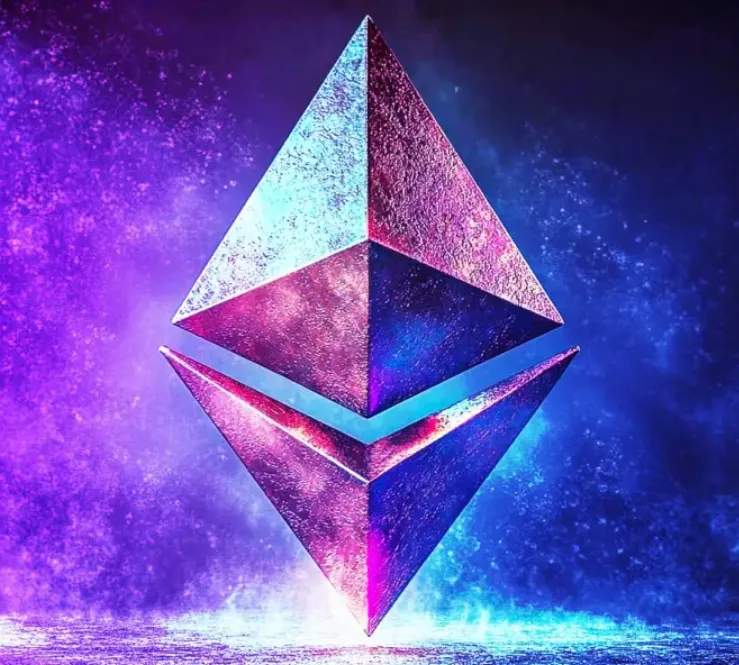
Ethereum (Efirium) is the second most popular among all cryptocurrencies after bitcoin, launched in 2015.
-
Role: Etherium is no ordinary currency as it has become a complete platform and foundation for smart contracts and decentralized applications (dApps)
-
Features:
-
Supports the operation of smart contracts that automatically execute the conditions embedded in them.
-
Recently moved to a Proof-of-Stake mechanism, which has reduced energy costs.
-
Much of the DeFi and NFT ecosystem is based on Ethereum.
- Uses: Used to run applications/tokens, work with smart contracts.
3. Tether (USDT)
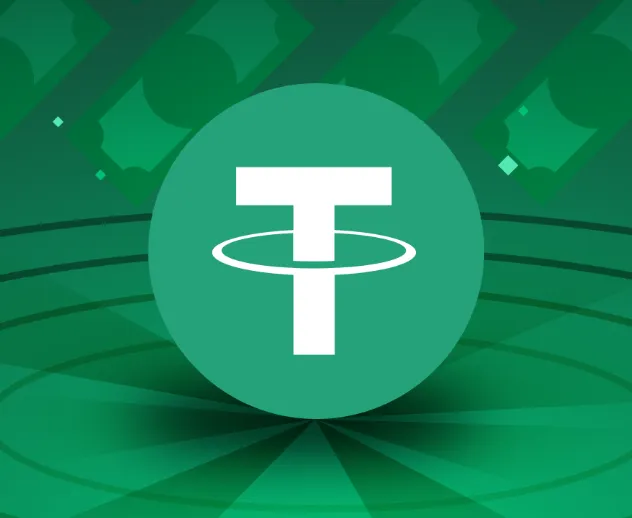
The largest stablecoin created in 2014.
-
Role: Maintains a stable value pegged to the US dollar (1 USDT ≈ 1 USD).
-
Features:
-
Used to minimize volatility in cryptocurrency trading.
-
Backed by fiat reserves, although there are occasional questions about the transparency of the reserves.
- Uses: Popular among traders for holding capital in a stable form between trades.
4. Binance Coin (BNB)
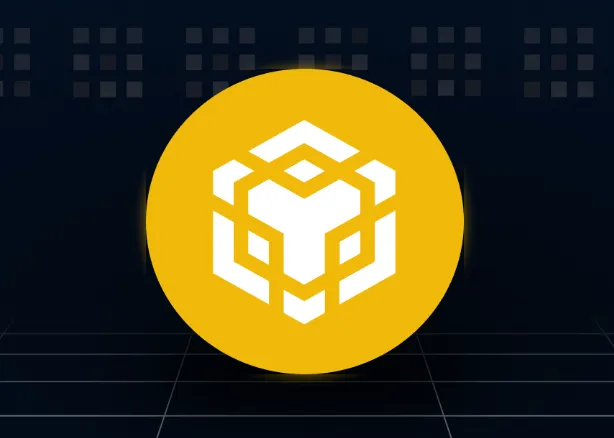
A cryptocurrency representing the largest cryptocurrency exchange, Binance.
-
Role: Tightly integrated into the Binance ecosystem and used to pay transaction fees, access exchange products and services (lunchepools/lunchpads).
-
Features:
-
Burning (burning) tokens to reduce their total number, which maintains value.
-
Based on Binance’s proprietary blockchain platform Binance Smart Chain (BSC).
- Uses: Widely used for trading, investing, and DeFi projects on BSC.
5. Ripple (XRP)
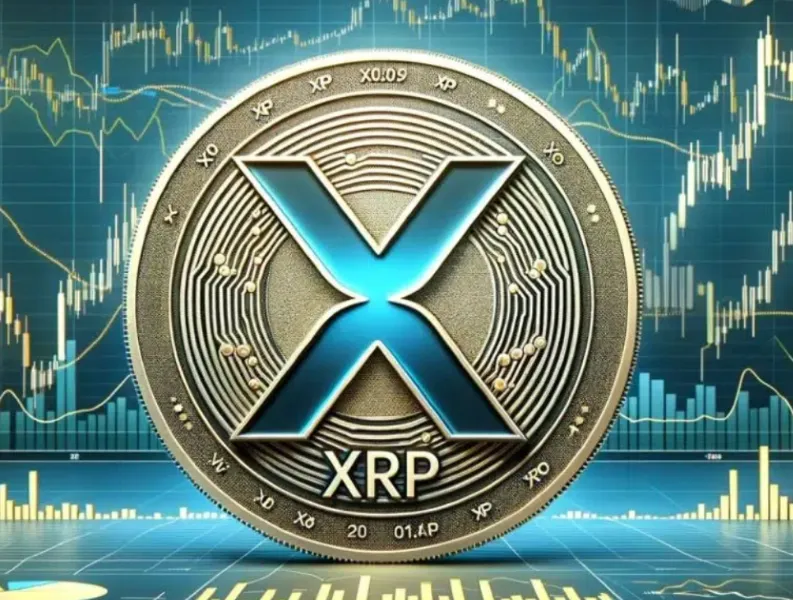
A cryptocurrency created to provide convenience for international payments and cooperation between banks.
-
Role: Enables fast and cheap cross-border transactions.
-
Features:
-
Utilizes RippleNet’s proprietary protocol.
-
Very fast transaction speed (a few seconds).
-
Does not require mining as all coins were originally issued.
- Uses: Used by various financial institutions to facilitate settlements.
6. Solana (SOL).
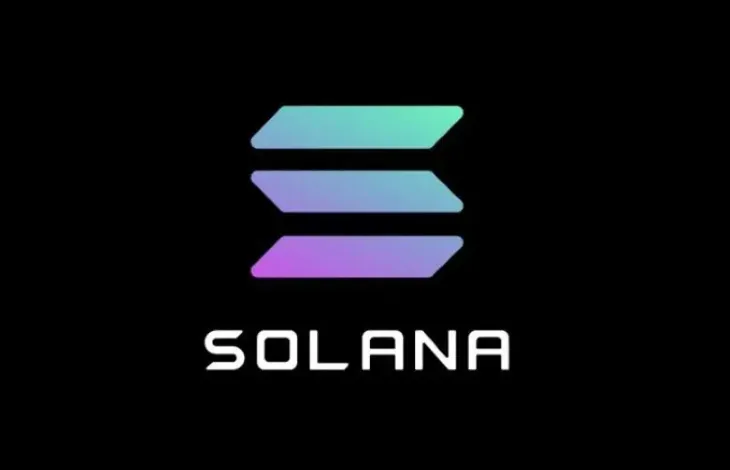
A modern cryptocurrency introduced in 2020 with a focus on high performance.
-
Role: A platform for rapid creation of decentralized applications.
-
Features:
-
Has one of the fastest transaction speeds (up to 65,000 per second).
-
Uses a unique Proof-of-History (PoH) algorithm.
- Applications: Popular among NFT and DeFi developers.
7. Polkadot (DOT).

A cryptocurrency designed to connect different blockchains into a single ecosystem.
-
Role: Easy interaction with different blockchains.
-
Features:
-
A parachain mechanism that allows independent blockchains to work together.
-
Based on Proof-of-Stake.
- Application: Used for cross-network transactions and launching new blockchain projects.
8. Dogecoin (DOGE)

A cryptocurrency created in 2013 as a joke but later became very popular.
-
Role: A meme cryptocurrency popular in the online community.
-
Features:
-
Based on Litecoin technology.
-
Low transfer fees and high transaction speed.
- Uses: Used for community incentives, online tips, charity fundraisers and investing.
What is cryptocurrency mining and how it works
Cryptocurrency mining, better known as mining, is the process of creating new coins and validating transactions on the blockchain. This process performs two key functions:
1. Generating new units of cryptocurrency.
2. Maintaining a high level of security and decentralizing the blockchain.
The essence of mining is the use of computing power to solve complex mathematical problems. Let’s take a closer look at exactly how this happens.
How cryptocurrency mining works:
1. Blockchain is the basis for mining
Blockchain is a database within which every transaction made is recorded in blocks. Each subsequent block is added to the existing chain, and it is due to this that full transparency and security of the system is ensured.
2. Creating a new block
Miners combine unconfirmed transactions and form a block from them. In order for this block to end up in the blockchain, the miner must:
- Find a unique value (hash) that meets certain network criteria.
- This value is called the solution to the consensus problem.
3. Consensus Mechanism
The process of adding a block depends on a certain type of consensus mechanism used. The main ones are as follows:
- Proof-of-Work (PoW)
This is a widely used method that is used in Bitcoin and other cryptocurrencies. Miners use various devices (ASIC, GPU or CPU) to perform complex computational tasks. The main task is to find a hash that satisfies a certain condition, such as starting with a given number of zeros. The first to solve this problem is rewarded with new coins.
Disadvantage: this method requires significant energy resources.
- Proof-of-Stake (PoS)
In this method, calculations are replaced by the cryptocurrency’s blockchain function. Network participants (stakers) “freeze” their assets in the wallet. The more coins frozen, the higher the probability of a staker being selected to add a new block. An example is Ethereum after the upgrade to Ethereum 2.0.
Benefits: reduced energy costs and a greener approach.
4. Rewards for miners
Every miner who adds a block to the blockchain receives a reward, which includes:
- Coins injected into the system (e.g. Bitcoin pays a fixed amount of BTC for each block).
- User transaction fees paid when transactions are completed.
How to buy cryptocurrency
- Choosing an exchange. Sign up with a reliable platform, such as Binance, Bybit, OKX, HTX, Gate. io or BingX.
- Creating a wallet. You can use hot (online) or cold (offline) wallets to store cryptocurrency.
- Purchase. After funding your account on the exchange, select the desired cryptocurrency and make a purchase.
- Security. Transfer the purchased cryptocurrency to your personal cold wallet to avoid the risks of exchange accounts or hot wallets being hacked.
Conclusion
Cryptocurrencies are a diverse and promising market with a huge number of opportunities. They range from stable assets such as stablecoins to innovative tokens and DeFi projects. Understanding the characteristics of different types of cryptocurrencies will help you make informed decisions when buying or investing in them.
Frequently Asked Questions
1. What is the difference between cryptocurrencies and tokens?
Cryptocurrencies are independent digital money that run on their own blockchain, as opposed to tokens, which are created on existing blockchains.
2. Which cryptocurrency is the most stable?
Stablecoins such as USDT and USDC have minimal volatility due to their peg to fiat currencies.
3. Is it possible to make money from mining?
Yes, but profitability depends on equipment, electricity costs and network complexity.
4. What is the largest and most popular cryptocurrency?
Bitcoin (BTC) is the first cryptocurrency to appear in the world and it ranks first in market capitalization among all cryptocurrencies, thus being the most popular and largest.
5. Where is the safest place to store cryptocurrency?
It is preferable to store cryptocurrency on cold wallets, such as Ledger or Trezor, which provide maximum security.